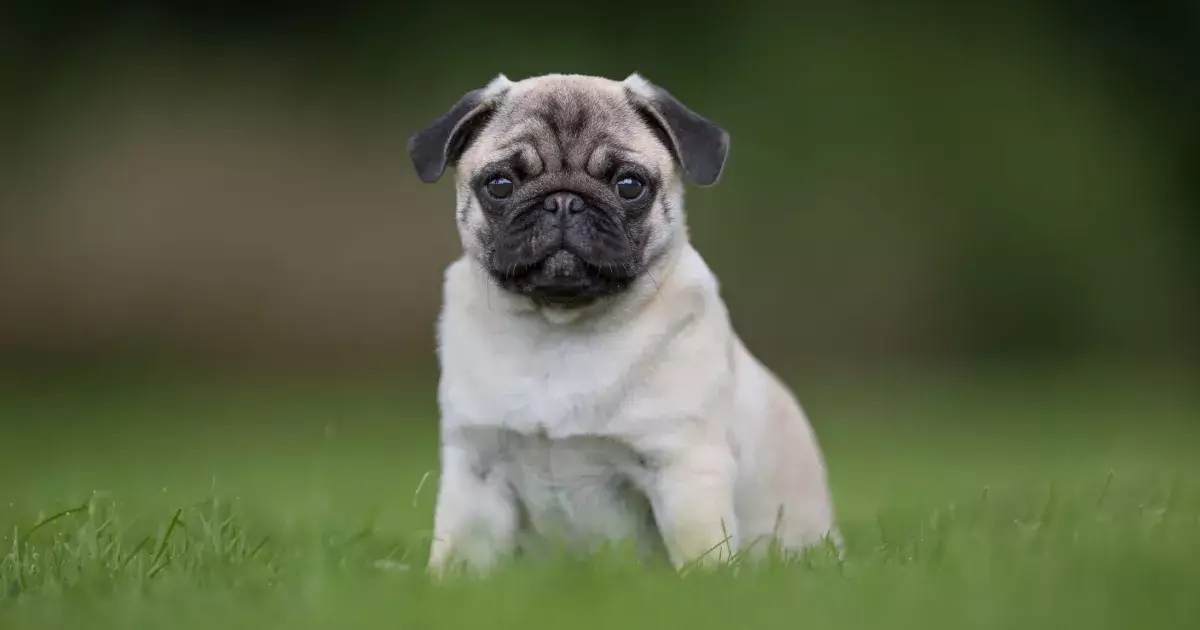Pugs are a breed that captivates hearts worldwide with their unique appearance and spirited personality. With small frames and distinct facial features, these dogs are not just pets but companions who bring joy and laughter to their households. This article aims to delve into the origin, temperament, care needs, and broader implications of owning a Pug, while highlighting some crucial considerations for potential dog parents.
The lineage of the Pug is steeped in history, tracing back over two millennia to ancient China around 400 BC. Pugs were cherished companions to Chinese emperors, often indulged in luxury and pampered within grandeur. Their noble status extended into Europe, particularly flourishing during the reign of Queen Victoria in England, who became a notable advocate for the breed. The Pug’s history is more than just a tale of luxury; it reflects a centuries-old bond between humans and these amiable canines, signifying companionship and joy across cultures and generations.
Pugs boast a distinctive face marked by their short snouts and prominent, expressive eyes. However, their charming features come with challenges. The wrinkles that endear them to many require diligent care to prevent skin infections, emphasizing that their cuteness can demand considerable attention. Moreover, Pugs are brachycephalic, meaning they possess facial structures that can lead to respiratory issues, particularly when exposed to heat. Potential owners must recognize that while Pugs appear to be low-maintenance due to their small size, their unique physical characteristics necessitate a thorough understanding of their health needs.
Despite their lively disposition, Pugs are surprisingly adaptable to a more laid-back lifestyle. They thrive in environments where they can enjoy both short bursts of playtime and long periods of relaxation. This balanced nature makes them suitable for various living situations, be it a bustling family home or a serene apartment. While Pug puppies can exhibit bouts of energy indicative of their playful spirit, they ultimately cherish the simple joys of snuggling on a couch or basking in their owner’s company. This temperament appeals to individuals and families seeking a loving companion without the high energy demands of more active breeds.
Training a Pug can be an enriching experience due to their eagerness to please and intelligence. However, prospective Pug owners should prepare for a potential struggle with their stubborn tendencies. Establishing a positive reinforcement training approach—utilizing treats and praise—can yield effective results. Moreover, early socialization is crucial, as it ensures that Pugs develop into well-mannered adult dogs. The manageable size of Pugs also means that they are unlikely to wreak havoc during the training process, making the journey enjoyable for new dog owners.
The breeding of Retro Pugs, aimed at revitalizing healthier traits, is an intriguing development within the Pug community. By crossing traditional Pugs with breeds like Jack Russell Terriers or Beagles, breeders aim to produce dogs with longer snouts that mitigate some of the health concerns associated with brachycephaly. This movement illustrates the ongoing evolution within the breed, reflective of changing attitudes toward canine health and well-being.
For those contemplating the addition of a Pug to their family, understanding the financial responsibilities is paramount. The cost of a Pug puppy can vary significantly based on the breeder, ranging from $800 to $2,000. These numbers fluctuate depending on factors such as the puppy’s lineage and market demand. Alternatively, adopting from shelters provides a humane and economical option, often costing between $100 to $500 while still granting access to loving companions. While there may not be an abundance of Pug puppies in shelters, many loving adult Pugs await new homes, reminding potential adopters of the importance of giving second chances.
The charisma of Pugs lies in their whimsical nature; they are often described as humorous little clowns whose antics can easily uplift moods. From their hilarious antics of chasing their tails to their distinctive mannerisms, these pets have a unique ability to evoke laughter and joy. Their spirited personalities make them not only excellent companions but also cherished family members, infusing homes with warmth, laughter, and love.
Pugs encapsulate a distinctive blend of historical reverence, health considerations, and affectionate companionship. Whether you’re contemplating adopting one or simply adore these lovable dogs, understanding their needs and characteristics ensures a rewarding relationship with one of the most charming breeds in the canine world.

